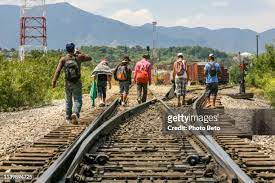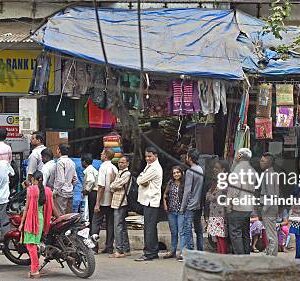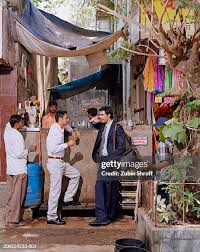Long ago, in student life, for the first time I came to know about the topic of “migration” in the class of ‘Ecology. There, it specifically was focused about migratory birds. Then to me, migration was an activity of Ecology. In pursuance of that, birds at a particular season of the year, had to flee from their ” resting place,” to some “specific breeding place.” The main purpose of migration seemed ostensibly, laying and hatching of eggs to a cozy place. There, they could ably suffice the nascent chicks in a soothing climate, luxuriant with feeding supply.
Circumstances

In this migratory process, one factor was obvious that they used to migrate from their place, on the condition of not being able to cope with inclement environment. So, in search of some suitable place with clement climate and sufficient feed, every year they were forced to migrate. This they used to do in a routine way from time immemorial. For the purpose, the map and timing of that inscribed in their DNA. Later on, with the increasing interest in the study of social sciences, it emerged up that phenomenon of migration was not confined to birds and animals only. But also with human beings, who happened to migrate on less or more, in the same situations as birds and animals do.
The circumstances were basically the same, meant “adverse.” That forced both mankind and animals to migrate. Though, in some cases of mankind, it may sound voluntary. But, if the situation is analysed keenly, the element of “forced circumstances” always lies there. As for instance, one migrates from his native place to some abroad destination, in search of better prospectus of life. May that be in fields of job, higher study or because of lack of civic amenities like medical facilities, proper electricity supply. Further more, the occurrence of desertification of some specific place, famine, drought, political persecution, fear of unwanted death, or becoming insolvent or otherwise.
The process of migration has a salient feature that the “migratory person or animal,” after some lapse of time visit back to its native place. The original place from where he initiated his migration. This phenomenon is often observed and practiced by man and other organisms. but the causes behind may be paucity of food or lack of opportunities for betterment of life or inclement climate and other adverse factors etc.
Scale of migration and its impact
Migration may be at a small scale or at a large level. But some how, it leaves behind its impact on the original place or native place. In some cases, people migrating from the native place get settled at their newly destined place. If this process occur at a large scale, it may produce the negative effects on demographic, social and cultural front of the native place.
The glaring example of this is, the large scale migration of people from the sub Himalayan tract of India to the Metropolitan or developed big cities. people left behind, the desolated villages and agricultural fields which are now infested with wild fauna. Significantly, Urban people rarely migrate in comparison to rural people. Though, the analytical study shows that today’s Urban population, once were rural people who migrated to cities long ago.
Migration is an internal process in general
Migration often takes place in “internal way,” because of its low cost. People, whether skilled or unskilled move to the big cities in search of better employment. There, despite of facing various hurdles, somehow manage to stay there for long and eventually get settled there permanently. No doubt, once in a blue moon, they visit back their native place but that is an ephemeral sentimental visit. Often these “old migrant” visit their homeland. This ephemeral visit, laden with pomp and show-off helps allure other people, who were left behind, to migrate for better future.
But in some cases like that of half skilled laborers from remote and backwards areas. Who happened to migrate, to other provinces in search of seasonal jobs. The jobs like agricultural work for harvesting etc, or for construction laborers, from the backward areas of Bihar and Eastern UP province of India. This category of people, visit back their native place frequently and remain attached to their birth place.
Exodus is with difference
In contrast to migration ( migration is a phenomena that takes place in both man as well other organisms/ it may be at a very small scale to the large level.) The process of “Exodus” occurs in context to mankind only. The salient feature of “exodus” is that it is never a planned one. It is a sudden event followed often by some coercive or forced situation, and once taken place people don’t visit back the place they once inhabited.
Some known examples of exodus
The glaring example in ancient history is, exodus of Israelites from Egypt under the guidance of Moses. This event is widely described in “Book of exodus.” From there only, this term gained the popularity or the acceptation. Another example of Exodus of Hindus, from the newly born State of Pakistan in the year of 1947. This got followed by a mayhem, that certainly claimed the killing of two million people from both the sides.
Likewise, during the World War II, mayhem of Jewish by Hitler of Germany, forced them to follow exodus once again. The Palestinians Exodus is another example in the present history. The recent instance of Exodus of Kashmiri Hindus from Kashmir in 1989 onward. In 2021, the recapture of Afghanistan regime by Taliban, forced fleeing of Afghani people at large scale is another example of Exodus. Penned by- Vinay Pharasi…..



